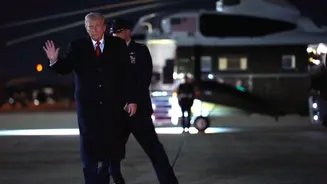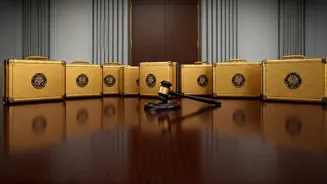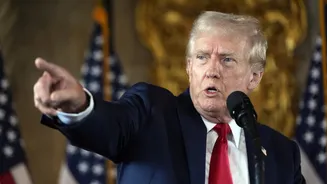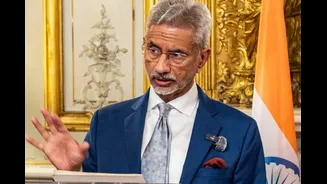Initial Talks & Hopes
The meeting between US President Donald Trump and Brazil's President Luiz Inácio Lula da Silva marked a significant step toward revitalizing trade relations.
Both leaders met on the sidelines of the ASEAN summit in Kuala Lumpur, signaling an intent to tackle challenges impeding their economic ties. Trump expressed his optimism for the relationship, stating that he anticipated 'pretty good deals' for both countries. Lula da Silva echoed this positive outlook and looked forward to subsequent meetings to resolve specific trade disputes. The focus of the talks primarily revolved around strengthening bilateral trade and addressing economic disagreements that had emerged. The leaders’ expressions of optimism highlighted a shared desire to overcome existing obstacles and forge a stronger economic partnership.
Addressing Trade Disputes
A core discussion point was the ongoing trade issues, notably the tariffs imposed by the US on Brazilian imports. Trump had previously raised tariffs on most Brazilian imports from 10 percent to 50 percent, a decision criticized by Lula da Silva. The Brazilian President viewed the tariffs as a mistake and cited the US's $410 billion trade surplus with Brazil over the past 15 years. The meeting aimed to initiate solutions to these existing tariff and sanction issues. The leaders' teams were tasked to meet immediately. This was a direct response to the trade barriers that had begun to reshape trade, especially in the beef sector where US import costs had surged. These rising tariffs had also spurred indirect trade via third countries such as Mexico, demonstrating the complex web of global trade and the need for diplomatic resolutions.
Future Collaboration Plans
Beyond addressing current issues, the leaders also expressed a shared vision for future collaborations. Trump highlighted the potential for 'pretty good deals' that could benefit both nations, which suggests a broader scope for cooperation beyond simple trade matters. Lula da Silva echoed this sentiment, emphasizing the absence of reasons for conflict between the two countries. The commitment to holding follow-up meetings between officials from both nations immediately after their discussions indicated a proactive approach to developing concrete plans. The meetings aimed to solidify the progress made during their meeting, which included discussing bilateral trade and economic agendas in a direct and constructive manner. The leaders' positive outlooks set the tone for continued engagement, hopefully leading to solutions that would foster stable and mutually beneficial relationships.















